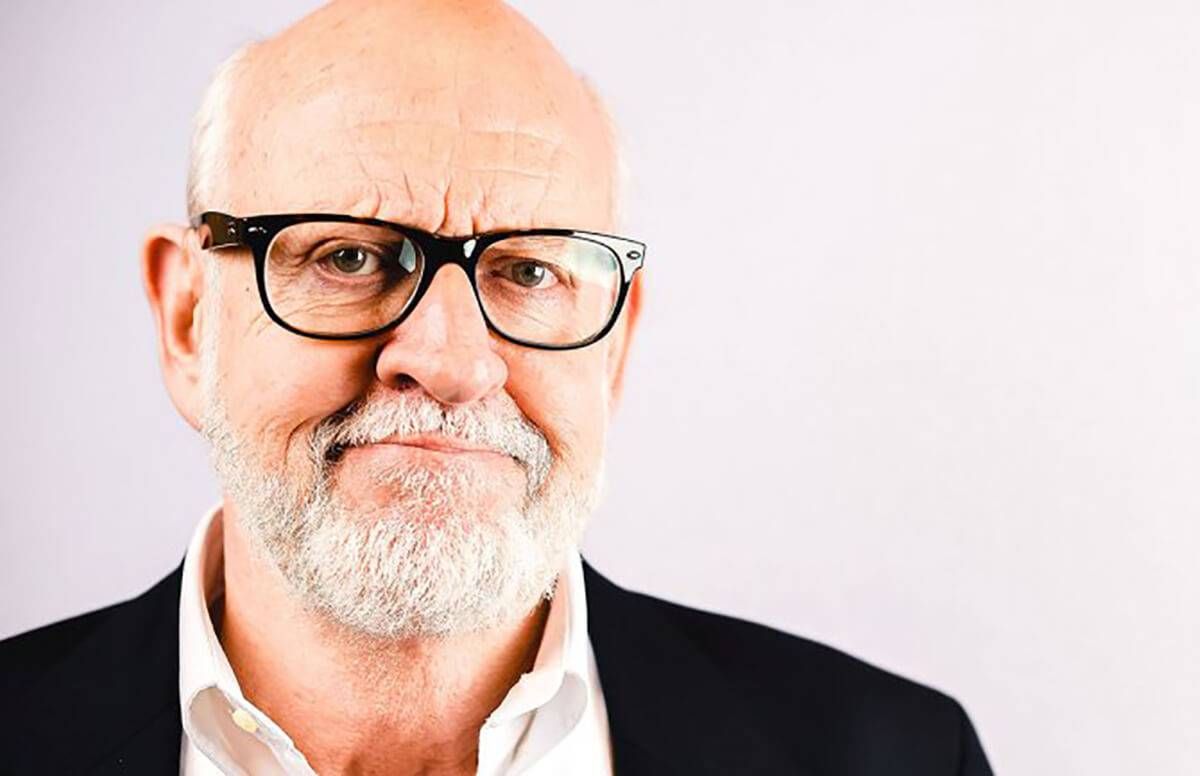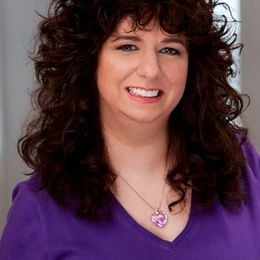Happy Halloween: Revisiting 'Little Shop of Horrors'
Frank Oz's film, with its original ending, returns to the big screen
More than 30 years ago, Frank Oz and Howard Ashman waited to hear what test audiences had to say after watching their film musical Little Shop of Horrors (which is being re-released in theaters Oct. 29 and 31, just in time for Halloween). As the director, Oz had been working on the project for two years, 15 hours a day. He was proud that he and Ashman, the screenwriter and lyricist, had kept to Ashman’s original vision for the off-Broadway production of Little Shop.

The results were in…and the audiences hated it.
Actually, what they disliked was the original ending — which mirrors the play’s ending — in which (spoiler alert!) the main characters, Seymour and Audrey, die.
“Howard and I wanted to have them be true to the play and die, and David Geffen [the film’s producer] was the one who said, ‘You can’t do that!’ But he allowed us to do it,” recalls Oz. “He was right. The audiences couldn’t accept the death of the people they loved so much.”
As a result, the original 23-minute ending was scrapped from Little Shop during its original theatrical release. And Oz and Ashman got back to work.
Back to the 'Little Shop' Drawing Board
Oz has no regrets for filming the original ending. He believes he kept to the spirit of the play. “I felt my responsibility was to transfer the off-Broadway gritty spirit to the big screen and that was the most important thing for me — to make sure that it was not a slick musical. So, for that reason, I feel that I got that,” recalls Oz. “I love the film because of so many things— Ellen [Greene] and Rick’s [Moranis] performances, the plants by Lyle Conway, and the amazing sets. There’s a lot of reasons to love it.”
According to those test audiences, the one reason not to love it was the ending.
“They were enjoying this movie so much, and they really started caring for Seymour and Audrey. They became close to them,” says Oz. “We knew we had to re-shoot it and make it a satisfying, happy ending. It’s probably still the ending that everybody loves. The darker ending is not what people love, but it is true to the Faustian bargain. In theatre, it’s fine to kill somebody, because they come out and bow. But in the movies, if they’re dead, then they’re dead.”
Oz explains that it wasn’t just a matter of writing a new ending, shooting it, and putting it into the original movie. “For various scenes, we had to re-do little things here and there in order to build up to the point so that the new ending made sense,” says Oz. “The real key moment — where things change — is when Audrey is about to die. That’s the key. From that point on, instead of dying, she’s alive.”
Behind the Scenes
If you haven’t seen the movie, here’s the basic story: an orphan named Seymour, played by Moranis, is adopted by Mr. Mushnik (Vincent Gardenia), and grows up to work in Mushnik’s failing florist shop located on Skid Row. Also working there is Audrey, played by Greene. One day, Seymour discovers an unusual plant outside, which he brings into the shop. As the plant grows and grows, so does the popularity of the florist shop. Things get dicey when Seymour finds out that what keeps the plant alive is human blood. (The film also features Steve Martin, Bill Murray, Jim Belushi, Christopher Guest, the late John Candy and three great narrators who sing throughout the film: Tichina Arnold, Tisha Campbell-Martin, and Michelle Weeks.)
The plant, christened Audrey II by Seymour, is voiced by the late, great Levi Stubbs, the lead singer of the R&B group The Four Tops. For the first time, Oz reveals how he had to work a lot with Stubbs: “When I recorded Levi, he sang the song fantastic,” recalls Oz. “But I worked with him, and he finally understood that it wasn’t the song that was going to make the plant work at that point — it was going to be all the stuff between the songs that we put in on purpose because it creates the character. Just singing the song doesn’t create the character. Levi really did a lot of takes — a lot of extra howls and things like that, and I think that’s important.”
After Oz recorded Stubbs’ voice for Audrey II, he had to shoot it with the puppets. “The puppeteers always follow the voice,” explains Oz.
As the plant became larger in the movie, it also became more difficult to film.
Oz says: “When the plant was that big, the foam rubber doesn’t work all that fast (as fast as Stubbs’ voice). It’s physically impossible. I had to use camera tricks to slow down the camera, and we had to move slowly. Therefore, the puppeteers had an opportunity to do the lips slower. After, I could speed everything up, and it could all be perfect. But we did about 30 takes every time. That’s the average. It was a huge deal.”
The Magic of Oz
Oz is no stranger to working with puppets. He’s done it throughout his career. Beginning in 1969, Oz worked with the late Jim Henson on a little show you might know called Sesame Street, and Oz created and voiced characters such as Cookie Monster, Grover and Bert.
“Bert was the most difficult. He took me a year to do,” says Oz. “He was complex because, physically, there was nothing I could do with him. So I had to create a character that mirrored the fact that he couldn’t do much…I just made him not interesting.”
Then Oz went on to The Muppets with Henson and created and provided the voices for iconic characters such as Miss Piggy, Fozzie Bear and Animal, among many others. He also voiced Yoda in the Star Wars movies.
The Old Ending Returns
On Sunday, October 29 and Tuesday, October 31, Fathom Events and Warner Bros. are bringing Little Shop of Horrors to theaters across the country with its original ending, brought back with help from Kurt Galvao at Warner Bros. and a team of pros. “They did an amazing job of finding all the missing pieces that we separated and put in the bin. He put them all together from my notes, and he re-mixed the music. He did an amazing job,” says Oz. “I had nothing to do with it whatsoever.”
As for what’s next for him, Oz says “I don’t know until I read a script and I can’t put it down and my heart goes faster — then that’s what I want to do.” His documentary Muppet Guys Talking will be released worldwide on March 16, 2018 (for more information, go to www.MuppetGuysTalking.com).
For more about when and how to see the new Little Shop of Horrors, check out www.FathomEvents.com.


